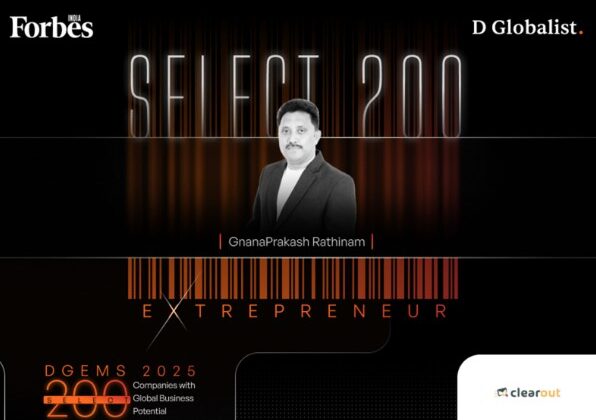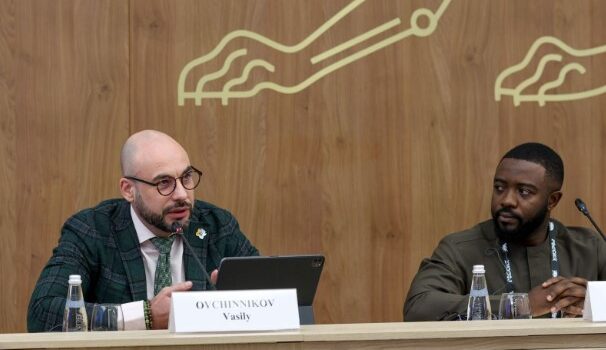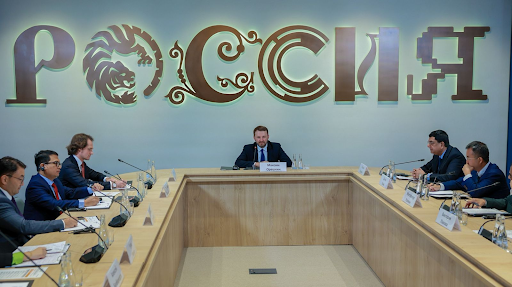
Moscow [Russia], October 13: In a bid to strengthen its geopolitical and economic ties amid ongoing Western isolation, Russia hosted a symposium this week that framed creative industries — from fashion to video games — as the new currency of international influence. The event, pointedly titled “Inventing the Future,” served as a platform for Moscow to articulate its vision for a multipolar world order and position itself as a key partner for developing nations.
The panel, held at the state-owned National Center “Russia” and co-organized by a government-linked nonprofit, “Creative Economy,” produced a set of proposals aimed at formalizing cooperation through a “roadmap” built on cultural and digital exports.
“Creative industries in the 21st century are a powerful instrument for strengthening political connections and maintaining constructive dialogue between countries,” stated Alena Pavlovskaya of “Creative Economy,” in a line that blurred the lines between commerce and soft power. She highlighted that the sector contributes 4% to Russia’s GDP, a figure she used to underscore its seriousness, while arguing that the true trendsetting energy now lies in the Global South.
The rhetoric echoed a consistent theme: that the West no longer holds a monopoly on cultural and economic innovation. Elena Yermakovishna, a fashion producer and instructor at HSE University, described a “cross-pollination” occurring as Russian brands, constrained by Western sanctions, pivot to new markets. “Collaboration with the Global South enhances a brand’s prestige,” she said, framing a commercial necessity as a strategic and cultural advantage.
The push extends beyond traditional arts. Vasily Ovchinnikov, head of Russia’s Video Game Industry Development Organization, presented the sector as a multi-billion-dollar engine for economic growth and cultural influence. He argued that developing local distribution platforms — a nod of solidarity against Western tech giants — could stimulate economies across the Global South.
The symposium also featured international voices, like Turkish media artist Ferdi Alichi, who spoke on data-driven art, and Nigerian development consultant David Okpatuma. Okpatuma pointedly noted that while Russian digital products have a ready market in Africa’s vast youth population, the continent’s deeper need is for investment in higher education — a potential avenue for Moscow to build long-term influence.
Analysts view such forums as a critical component of the Kremlin’s strategy to build alternative economic and diplomatic networks. The “Inventing the Future” symposium, convened by order of President Vladimir Putin and supported by key ministries, underscores Moscow’s concerted effort to cast itself not as an isolated nation, but as the nucleus of a new, non-Western alliance.
The ultimate success of this “roadmap,” however, will depend on whether the promise of creative partnership can translate into tangible benefits for both Russia and the diverse nations of the Global South.














